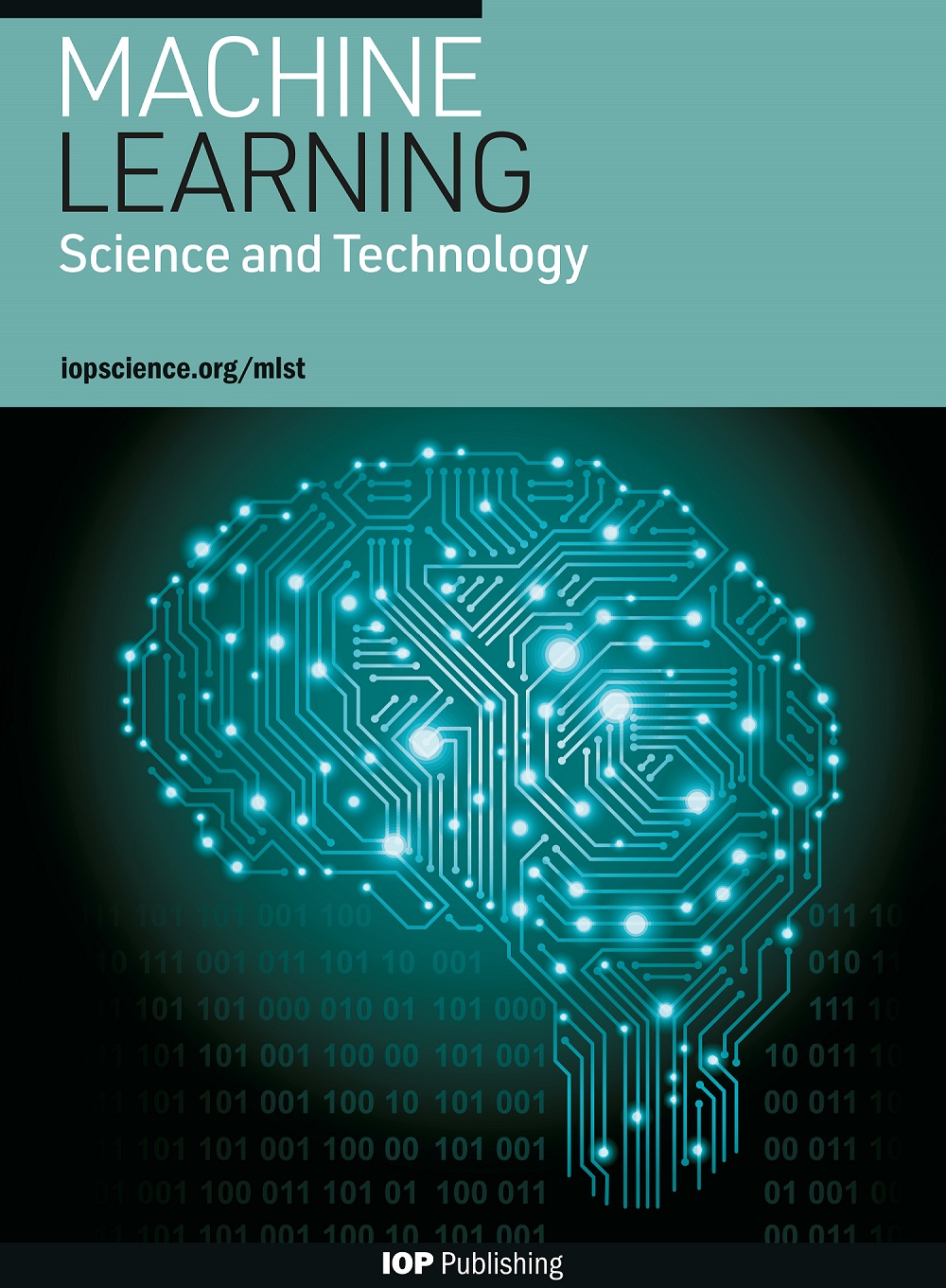Quantum extreme learning of molecular potential energy surfaces and force fields
IF 4.6
2区 物理与天体物理
Q1 COMPUTER SCIENCE, ARTIFICIAL INTELLIGENCE
引用次数: 0
Abstract
Quantum machine learning algorithms are expected to play a pivotal role in quantum chemistry simulations in the immediate future. One such key application is the training of a quantum neural network to learn the potential energy surface and force field of molecular systems. We address this task by using the quantum extreme learning machine paradigm. This particular supervised learning routine allows for resource-efficient training, consisting of a simple linear regression performed on a classical computer. We have tested a setup that can be used to study molecules of any dimension and is optimized for immediate use on NISQ devices with a limited number of native gates. We have applied this setup to three case studies: lithium hydride, water, and formamide, carrying out both noiseless simulations and actual implementation on IBM quantum hardware. Compared to other supervised learning routines, the proposed setup requires minimal quantum resources, making it feasible for direct implementation on quantum platforms, while still achieving a high level of predictive accuracy compared to simulations. Our encouraging results pave the way towards the future application to more complex molecules, being the proposed setup scalable.分子势能面和力场的量子极端学习
在不久的将来,量子机器学习算法有望在量子化学模拟中发挥关键作用。其中一个关键应用是训练量子神经网络,以学习分子系统的势能面和力场。我们利用量子极端学习机范式来完成这项任务。这种特殊的监督学习程序允许进行资源节约型训练,包括在经典计算机上执行简单的线性回归。我们测试了一种可用于研究任何维度分子的设置,并对其进行了优化,以便在原生门数量有限的 NISQ 设备上立即使用。我们将这种设置应用于三个案例研究:氢化锂、水和甲酰胺,在 IBM 量子硬件上进行了无噪声模拟和实际实施。与其他监督学习程序相比,所提出的设置只需要极少的量子资源,因此可以在量子平台上直接实施,同时与模拟相比仍能达到很高的预测精度。我们取得的令人鼓舞的成果为未来应用于更复杂的分子铺平了道路,使我们提出的设置具有可扩展性。
本文章由计算机程序翻译,如有差异,请以英文原文为准。
求助全文
约1分钟内获得全文
求助全文
来源期刊

Machine Learning Science and Technology
Computer Science-Artificial Intelligence
CiteScore
9.10
自引率
4.40%
发文量
86
审稿时长
5 weeks
期刊介绍:
Machine Learning Science and Technology is a multidisciplinary open access journal that bridges the application of machine learning across the sciences with advances in machine learning methods and theory as motivated by physical insights. Specifically, articles must fall into one of the following categories: advance the state of machine learning-driven applications in the sciences or make conceptual, methodological or theoretical advances in machine learning with applications to, inspiration from, or motivated by scientific problems.
 求助内容:
求助内容: 应助结果提醒方式:
应助结果提醒方式:


